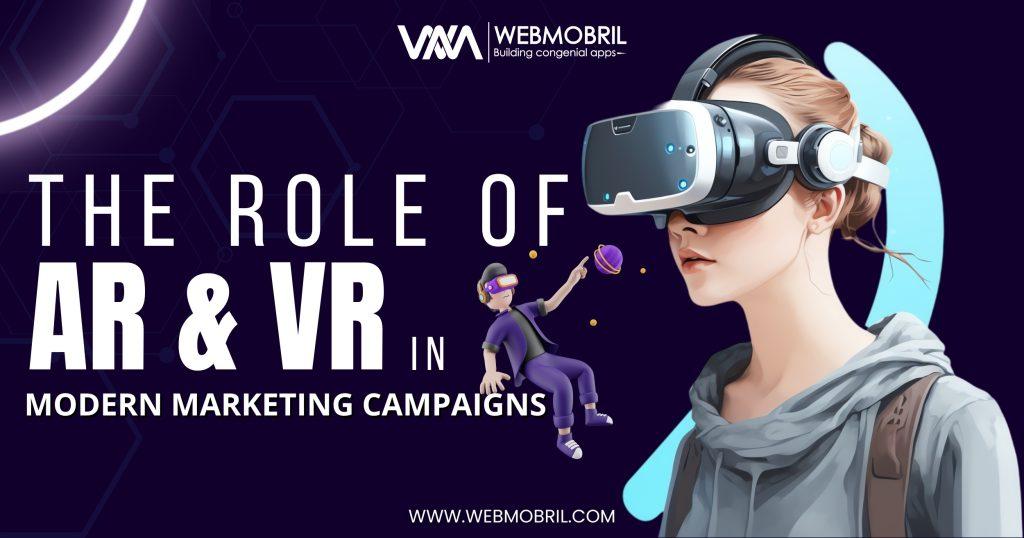Overcoming Challenges in VR/AR Integration: Effective Strategies for Modern Curricula
Introduction
As virtual reality (VR) and augmented reality (AR) technologies rapidly evolve, educators are increasingly recognizing their transformative potential in the classroom. Integrating VR and AR into modern curricula brings immersive learning experiences, fosters engagement, and nurtures critical 21st-century skills. However, implementing these technologies is not without hurdles. This article explores common challenges in VR/AR integration in education, offers practical strategies to overcome them, and highlights the immense benefits of embracing immersive learning solutions.
The Benefits of Integrating VR/AR in Modern Curricula
Before delving into the challenges, it’s crucial to understand why VR and AR integration is worth the effort. Here are some key advantages:
- Enhanced Student Engagement: Interactive, immersive experiences capture students’ attention and make abstract concepts tangible.
- Improved Knowledge Retention: studies show learners are more likely to remember facts presented in a visually stimulating, hands-on manner.
- Safe Simulated Learning: VR/AR allows for risk-free exploration of hazardous environments, complex systems, or past events.
- Equitable Access: Virtual field trips and AR models make otherwise inaccessible resources available to all learners.
- Fosters Creativity and Collaboration: Students can experiment, design, or engage in team-based problem-solving with real-time feedback.
Main Challenges in VR/AR Integration for Educators
Despite the promise of VR and AR in education, several challenges hinder their effective adoption in modern curricula. The most common obstacles include:
- High Initial Costs: Investing in VR/AR hardware, software, and content can be expensive for schools with limited budgets.
- Lack of Teacher Training: Many educators feel ill-equipped to use or integrate these technologies meaningfully in their lessons.
- Curriculum Alignment: Integrating VR/AR must support learning objectives and align with existing educational standards.
- Technical Limitations: Insufficient IT infrastructure, connectivity issues, and device compatibility can impede smooth implementation.
- Content Quality and Availability: A shortage of age-appropriate,curriculum-aligned VR/AR content can limit its classroom use.
- Classroom Management: Overseeing student activity with headsets or mobile AR devices presents unique supervision challenges.
Effective Strategies for Overcoming VR/AR Challenges in Education
1. Build a Lasting Implementation Plan
Start small and scale up strategically:
- Pilot Programs: Test VR/AR lessons in a single class or grade level before deploying school-wide.
- Needs Assessment: Survey teachers, students, and administrators to identify learning gaps VR/AR can address.
- Budget Allocation: Explore grants, partnerships, and phased purchasing to manage costs effectively.
2. Invest in complete Teacher Training
Teacher confidence is key to triumphant VR/AR integration.Provide:
- Professional Progress workshops: Hands-on sessions where teachers explore devices and lesson planning.
- Ongoing Support: Access to resources, peer forums, and IT support for troubleshooting.
- Showcase Best practices: Highlight success stories and practical tips from early adopters.
3. Ensure Alignment with Curriculum Goals
maximize VR/AR’s educational value by:
- Integrating VR/AR Gradually: Supplement, rather than replace, traditional instruction first.
- Collaborating with Curriculum Developers: Create custom or modified experiences directly tied to learning standards.
- Documenting outcomes: Assess student progress and adjust use cases for maximum impact.
4. Address technical and Infrastructure Barriers
Minimize disruptions by:
- Choosing Scalable Solutions: Opt for standalone VR headsets or AR apps that work on devices already available (tablets, smartphones).
- Upgrading Networks: Ensure stable Wi-Fi and consider cloud-based VR content to reduce local resource demands.
- Regular maintenance: Establish device care protocols and regular software updates.
5. Source Quality Content and Encourage Creation
Enhance relevance and engagement by:
- Leveraging Open Educational resources: Utilize free or low-cost VR/AR libraries from trusted educational providers.
- Fostering Student-Created Content: Use tools that allow learners to design their own VR/AR projects, deepening understanding.
- Forming Partnerships: Collaborate with local museums, science centers, or tech companies to develop custom content.
6.Develop Classroom Management Protocols
- Clear Usage Guidelines: Train students on safe, respectful, and responsible device use.
- Set Timed Experiences: Rotate groups to maximize device availability and facilitate guided reflection after sessions.
- Monitor Engagement and Safety: Use check-in systems and proactively address symptoms like motion sickness.
Case Studies: Real-World Examples of VR/AR in Education
Greenwood Middle School introduced AR biology apps that let students interact with 3D models of cells and organs. the hands-on experience improved comprehension scores by 20% while motivating reluctant learners to participate more actively in class discussions.
Using VR field trips, Eastview High students “traveled” to ancient Rome and colonial America. History teachers reported boosted engagement, and students demonstrated deeper understanding in essays compared to previous years.
Several vocational schools now employ VR simulations for welding,automotive repair,and medical scenarios. Students gain realistic practice without material costs or safety risks,leading to higher certification rates post-graduation.
Practical Tips for Educators Embracing VR/AR
- Stay updated on the latest VR/AR educational trends and solutions by joining professional learning networks (PLNs).
- Start with short, specific lessons to build familiarity before expanding to larger projects.
- Encourage student feedback on VR/AR activities to refine and adapt your approach.
- Collaborate across disciplines—integrate virtual labs in science, AR maps in geography, and VR storytelling in language arts.
- Celebrate small wins and share your journey with colleagues to foster a culture of innovation.
Conclusion
The integration of VR and AR technologies in modern curricula is a powerful way to revolutionize education,making learning immersive,accessible,and personalized. While challenges such as cost, training, and technical limitations exist, they are far from insurmountable. Through thoughtful planning, teacher empowerment, strategic resource allocation, and community partnerships, schools can unlock the full potential of immersive learning tools. As the educational landscape evolves, embracing VR/AR not only prepares students for the jobs of tomorrow but also transforms the classroom experience for learners and educators alike.
Ready to start your VR/AR integration journey? Begin with small pilots, focus on quality training, and involve your whole school community. The future of learning is immersive—let’s shape it together!

